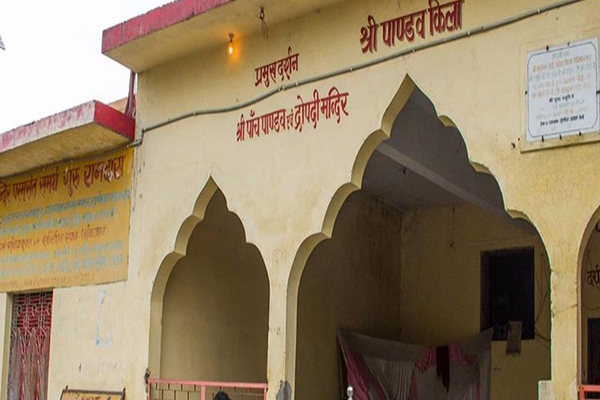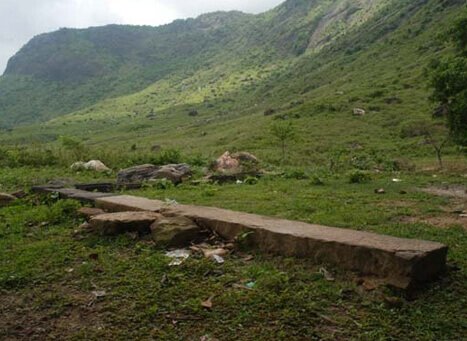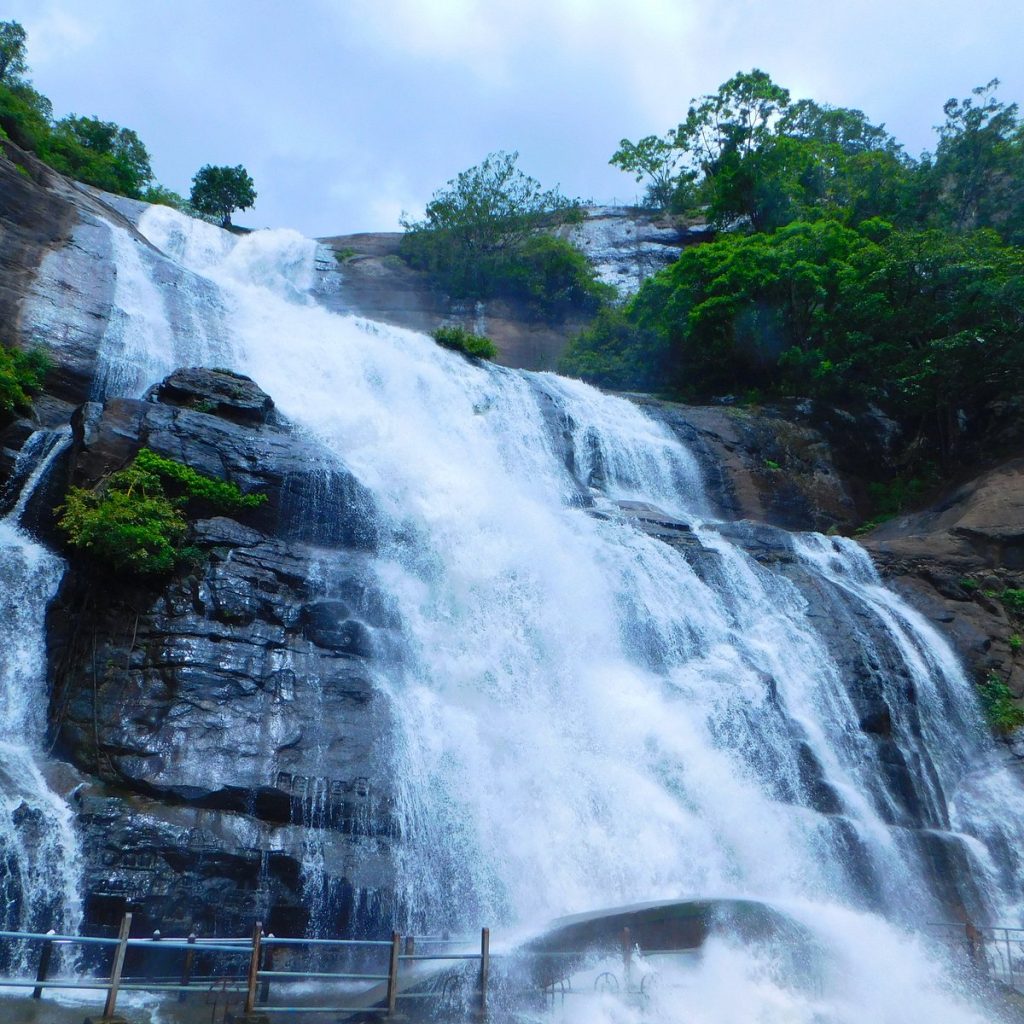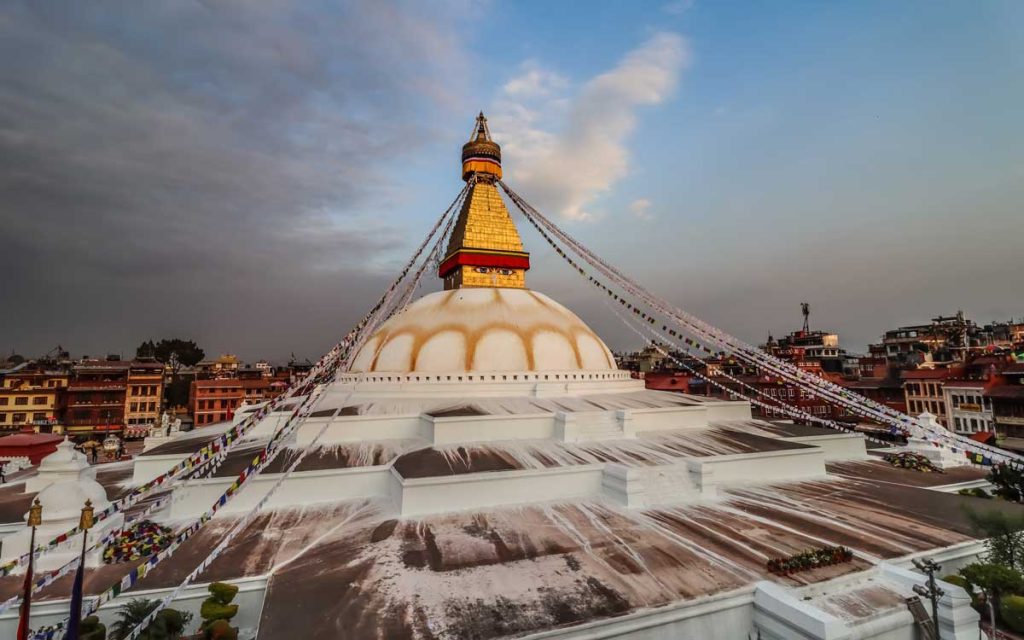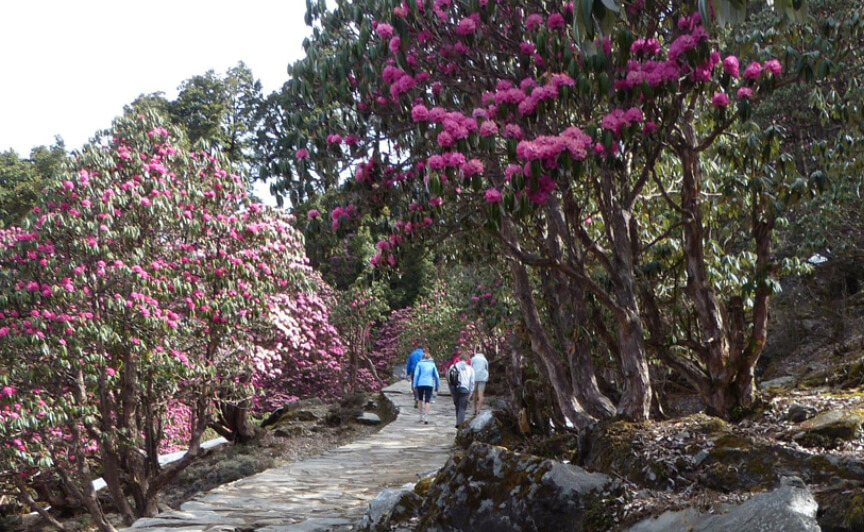Boudhanath is one of the largest stupas in Nepal. It is a UNESCO World Heritage site.
Nestled in the bustling city of Kathmandu, Boudhanath is a serene escape from the chaos. This ancient stupa holds immense cultural and spiritual significance for Buddhists. Its towering structure, adorned with vibrant prayer flags, can be seen from afar, drawing visitors from around the world.
Walking around Boudhanath, you’ll feel a sense of peace and wonder. The air is filled with the scent of incense and the sound of monks chanting. This sacred site is not just a tourist attraction; it’s a place of pilgrimage and meditation. Join us as we explore the history, architecture, and spiritual essence of Boudhanath. Discover why this revered stupa continues to captivate hearts and minds.
Introduction To Boudhanath
Boudhanath, a giant stupa in Kathmandu, Nepal, is a significant Buddhist pilgrimage site. Its towering white dome and golden spire draw many visitors.
Boudhanath is one of the largest stupas in the world. It stands tall in Kathmandu, Nepal. This stupa is a symbol of peace and harmony. People visit from all over the globe.Historical Significance
Boudhanath has a rich history dating back to the 5th century. It was built after the death of Lord Buddha. The stupa has survived many earthquakes. This shows its strong construction. Legends say that a king built it to atone for his sins. The site became a key pilgrimage for Buddhists.Cultural Importance
Boudhanath is a center of Tibetan culture in Nepal. Many Tibetan refugees live nearby. They have built monasteries around the stupa. The area is filled with vibrant prayer flags. Incense fills the air with a pleasant aroma. Locals and tourists spin the prayer wheels for good luck. Festivals like Buddha Jayanti are celebrated with great joy. The stupa is a focal point of Buddhist rituals and traditions. “`
Credit: www.reddit.com
Architectural Marvel
Boudhanath Stupa stands as an architectural marvel in Kathmandu, Nepal. Its structure is not only grand but also deeply symbolic. This ancient monument draws visitors from around the world. Let’s explore its unique design and symbolic elements.
Stupa Design
The Boudhanath Stupa features a large white dome. This dome represents the universe. On top of the dome, there is a gilded tower. The tower has 13 steps. These steps symbolize the path to enlightenment.
A pair of Buddha’s eyes is painted on all four sides of the tower. These eyes signify wisdom and compassion. A question mark-like symbol lies between the eyes. This symbol stands for the number one, representing unity.
Symbolic Elements
Every part of the stupa carries meaning. The base of the stupa symbolizes earth. The dome represents water. The tower represents fire. The umbrella on top signifies air. Finally, the pinnacle represents ether or space.
Prayer wheels surround the stupa. Devotees spin these wheels while walking around the stupa. Each spin releases a prayer into the universe. Colorful prayer flags flutter in the wind. These flags carry mantras and blessings to all beings.
The stupa’s design and symbols create a deep sense of peace. They remind visitors of life’s spiritual journey. Boudhanath Stupa is truly an architectural marvel and a spiritual beacon.
Spiritual Practices
Spiritual practices at Boudhanath are deeply rooted in the rich traditions of Buddhism. This sacred site, with its grand stupa, offers a serene environment that invites you to immerse yourself in various spiritual activities. Whether you are a devout Buddhist or someone looking for peace and enlightenment, Boudhanath has something to offer. Here, you can witness and participate in Buddhist rituals and meditation sessions that are both profound and transformative.
Buddhist Rituals
At Boudhanath, Buddhist rituals are performed with great reverence and dedication. You will see monks and devotees circumambulating the stupa, chanting mantras, and spinning prayer wheels. These rituals are not just a spectacle; they are a way to connect deeply with your inner self and the divine.
One of the most captivating rituals is the lighting of butter lamps. Each flickering flame represents a prayer or a wish. You can light a lamp yourself, offering a moment of reflection and intention. It’s a simple yet powerful act that can bring clarity and peace to your mind.
Have you ever considered how such small acts can have a profound impact on your spiritual journey? Engaging in these rituals allows you to experience a sense of community and belonging, as you join others in their spiritual practices.
Meditation Sessions
Meditation sessions at Boudhanath are a sanctuary for those seeking inner peace. The tranquil atmosphere of the stupa, combined with the soft hum of prayers, creates an ideal setting for meditation. You can join guided sessions led by experienced monks who share their wisdom and techniques.
During a session, you might practice mindfulness meditation, focusing on your breath and the present moment. This practice can help reduce stress and increase your awareness. Imagine sitting in quiet reflection, with the stupa as your focal point, feeling a sense of calm wash over you.
Have you ever found it challenging to meditate in your daily life? At Boudhanath, the sacred environment supports and enhances your practice, making it easier to find that stillness within.
These spiritual practices at Boudhanath offer more than just a momentary escape from the hustle and bustle of life. They provide tools and insights that you can carry with you, enriching your daily experiences. Why not take a step towards a more mindful and peaceful life by exploring these practices?
Next time you find yourself in need of spiritual nourishment, remember that the tranquil and sacred grounds of Boudhanath await you. What will you discover about yourself in this journey of spiritual practices?

Credit: www.lonelyplanet.com
Festivals And Celebrations
When you think of Boudhanath, it’s hard not to imagine the vibrant and colorful festivals that breathe life into this ancient stupa. These celebrations are not just events; they are experiences that invite you to immerse yourself in the rich cultural heritage and spiritual significance of the site. Let’s dive into some of the most captivating festivals and celebrations at Boudhanath.
Buddha Jayanti
Buddha Jayanti, also known as Buddha Purnima, is one of the most significant festivals celebrated at Boudhanath. It commemorates the birth, enlightenment, and death of Lord Buddha. The stupa is adorned with lights, prayer flags, and flowers. Monks in saffron robes chant prayers, and the air is filled with a sense of reverence and peace.
During my visit on Buddha Jayanti, I was struck by the serene yet vibrant atmosphere. The stupa glowed under thousands of butter lamps lit by devotees. It was a sight to behold. You can join the circumambulation (kora) around the stupa, participating in the collective energy of the crowd. It’s a unique way to feel connected to both the divine and the community.
Losar Festival
The Losar Festival, or Tibetan New Year, is another major celebration that transforms Boudhanath into a hub of festivity. It marks the start of the Tibetan calendar year and is celebrated with much fanfare. The festival typically lasts for 15 days, with the main celebrations taking place over the first three days.
During Losar, the stupa and surrounding areas are decorated with colorful lanterns and banners. Traditional Tibetan music and dance performances add to the festive spirit. I remember the joy of watching the masked dances (Cham) performed by monks, which are both entertaining and spiritually significant. Have you ever experienced the exhilaration of a cultural dance that tells a story? It’s an unforgettable experience.
Both Buddha Jayanti and Losar provide not just a glimpse, but a deep dive into the spirituality and culture surrounding Boudhanath. These festivals invite you to participate, reflect, and celebrate life in its many forms. If you have the chance to visit during these times, don’t just be a spectator. Engage, participate, and feel the pulse of the celebration. What better way to understand a culture than to live it, even if just for a day?
Local Community
When you visit Boudhanath, you are not just stepping into a historical site; you are embracing a rich, living culture. The local community here is vibrant and welcoming, with a deep connection to its Tibetan roots. This connection is woven into the very fabric of daily life, creating a unique experience for every visitor.
Tibetan Influence
Walking through Boudhanath, you immediately notice the Tibetan influence. The streets are lined with shops selling traditional Tibetan handicrafts, prayer flags, and incense. The air is filled with the sound of Tibetan chants and the scent of butter lamps. It’s as if you have been transported to a small Tibetan village.
Many of the residents here are Tibetan refugees who have brought their culture, traditions, and way of life with them. This influence is evident in the architecture, with the iconic stupa being a prime example. The stupa is not just a religious symbol but a focal point for the community, where locals gather for prayer, meditation, and socializing.
Have you ever wondered how deeply culture can impact the daily lives of a community? In Boudhanath, the Tibetan influence is so strong that it shapes everything from the food you eat to the festivals you celebrate. You are not just observing a culture; you are living it.
Monastic Life
Boudhanath is home to several monasteries, which are the heartbeat of the local community. Monastic life here is not just about religious practices; it’s a way of life that influences everyone in the neighborhood.
Monks in their maroon robes can be seen walking around the stupa, spinning prayer wheels, and reciting mantras. Their presence brings a sense of peace and spirituality to the area. The monasteries offer a unique glimpse into a life dedicated to spiritual growth and community service.
During my visit, I had the chance to participate in a morning prayer session. It was a humbling experience to see the devotion and discipline of the monks. The rhythmic chanting and the serene environment made me reflect on my own life and the importance of mindfulness.
Have you ever considered the impact of a simple, disciplined life on your well-being? The monastic life in Boudhanath offers a powerful lesson in the value of simplicity and focus. It’s a reminder that sometimes, less truly is more.
If you are looking for a place that offers more than just sights, Boudhanath is the perfect destination. The local community, with its rich Tibetan influence and monastic life, provides a deep, immersive experience that will stay with you long after you leave.
Visitor Experience
Boudhanath Stupa, a UNESCO World Heritage Site, offers a unique visitor experience. The stupa’s massive mandala makes it one of the largest spherical stupas in Nepal. As you walk around, the stupa’s serene aura envelops you. The vibrant prayer flags fluttering in the wind add color to the scene. Monks in maroon robes chant mantras, creating a peaceful atmosphere.
Guided Tours
Guided tours enhance your visit to Boudhanath. Knowledgeable guides share rich history and cultural insights. They explain the meaning behind the stupa’s architecture and symbols. You can learn about the Tibetan Buddhist traditions practiced here. Tours often include visits to nearby monasteries. These monasteries offer a deeper look into Buddhist rituals and daily life. A guide ensures you don’t miss any significant details. Tours can be booked on-site or in advance online.
Best Times To Visit
The best time to visit Boudhanath is early morning. The crowd is smaller and the atmosphere is tranquil. You can witness locals performing their daily rituals. Evening visits are also special. The stupa is illuminated with butter lamps, creating a magical sight. Visiting during Tibetan festivals offers a unique experience. The stupa comes alive with music, dance, and vibrant ceremonies. Always check the local calendar for festival dates.
Nearby Attractions
Boudhanath Stupa is a must-visit in Kathmandu. It is surrounded by other fascinating sites. You can explore rich cultural landmarks close to the Stupa.
Pashupatinath Temple
Pashupatinath Temple is a sacred Hindu site. It is just a short drive from Boudhanath. This temple is one of the oldest in Nepal. It attracts visitors from all over the world. The temple complex is vibrant with rituals and ceremonies. You can experience the spiritual energy of the place. The Bagmati River flows beside it, adding to its charm.
Thamel District
The Thamel district is a lively area in Kathmandu. It is a hub for tourists and locals alike. Thamel is known for its narrow alleys and bustling markets. You can find many shops selling handicrafts, clothes, and souvenirs. The district also offers various dining options. You can taste local and international cuisines here. The nightlife in Thamel is lively with numerous bars and clubs. It is a great place to unwind after exploring the city.
Conservation Efforts
Conservation efforts at Boudhanath have been crucial in preserving its historical significance and ensuring its future. This UNESCO World Heritage Site in Nepal is not just an architectural marvel; it’s a living, breathing cultural hub. Let’s dive into the key aspects of these conservation efforts, focusing on restoration projects and sustainable tourism.
Restoration Projects
The 2015 earthquake in Nepal was a wake-up call for the preservation of Boudhanath. The damage was extensive, but the response was immediate and heartwarming. Local communities, international organizations, and the government banded together to restore the stupa to its former glory.
- Community Involvement: Local artisans and craftsmen played a pivotal role. Their expertise ensured that the restoration was both authentic and respectful of traditional techniques.
- Financial Aid: Donations poured in from around the globe. This financial support was vital in purchasing materials and paying the craftsmen.
- Expert Supervision: The restoration project was supervised by experts in heritage conservation. This ensured that the work met international standards.
Have you ever thought about how vital it is to maintain the authenticity of historical sites? The restoration of Boudhanath not only revived the structure but also rejuvenated the community’s spirit.
Sustainable Tourism
Sustainable tourism at Boudhanath is all about balance. It’s crucial to welcome tourists while preserving the site’s integrity. Here’s how they do it:
- Eco-Friendly Practices: Local businesses are encouraged to adopt eco-friendly practices. This includes reducing plastic use and promoting local, sustainable products.
- Educational Programs: Tourists are educated about the cultural and historical significance of Boudhanath. This awareness helps in respectful and responsible tourism.
- Controlled Visitor Flow: Measures are in place to control the number of visitors at any given time. This helps in reducing wear and tear on the structure.
Have you ever visited a place where tourism felt intrusive? At Boudhanath, the aim is to make visitors feel welcome without compromising the site’s sanctity. You can play a part by being a responsible tourist, respecting local customs, and supporting sustainable practices.
What other measures do you think can enhance the conservation efforts at historical sites like Boudhanath? Your insights could contribute to preserving our global heritage.
Personal Reflections
Visiting Boudhanath Stupa in Kathmandu, Nepal, has been one of the most enriching experiences of my life. This sacred site offers a unique blend of spirituality and culture that captivates every visitor. Below, I share my personal reflections on the spiritual encounters and cultural immersion I experienced at Boudhanath.
Spiritual Encounters
Walking around the Boudhanath Stupa, I felt an overwhelming sense of peace. The atmosphere is filled with the hum of Buddhist chants and the scent of incense. It’s almost as if the air itself vibrates with serenity.
Witnessing monks in deep meditation and prayer, I was inspired to pause and reflect. You can’t help but feel connected to something greater. Have you ever felt an unexplainable calm wash over you in such a sacred place?
The prayer wheels, which line the walls, invite you to take part in the spiritual practice. Turning each wheel while reciting a mantra provided a meditative rhythm, grounding me in the present moment. This simple act felt profoundly meaningful.
Cultural Immersion
Exploring the area around Boudhanath, I immersed myself in the local culture. The vibrant market stalls, selling everything from traditional Tibetan jewelry to prayer flags, tell stories of heritage and tradition.
Engaging with the local vendors, I learned so much about their daily lives and customs. For instance, I discovered that each color of the prayer flags represents an element. This small detail added depth to my understanding of their cultural significance.
Traditional Tibetan music often fills the air, creating a festive yet sacred atmosphere. Have you ever noticed how music can transform your perception of a place? Here, it adds layers of meaning and connection.
Sampling local dishes, like momos and thukpa, enriched my experience further. Each bite was a cultural lesson in flavors and history.
Visiting Boudhanath isn’t just a trip; it’s a journey into spirituality and culture. Whether you’re seeking peace or connection, this sacred site offers both in abundance. What kind of experiences are you looking for on your travels?
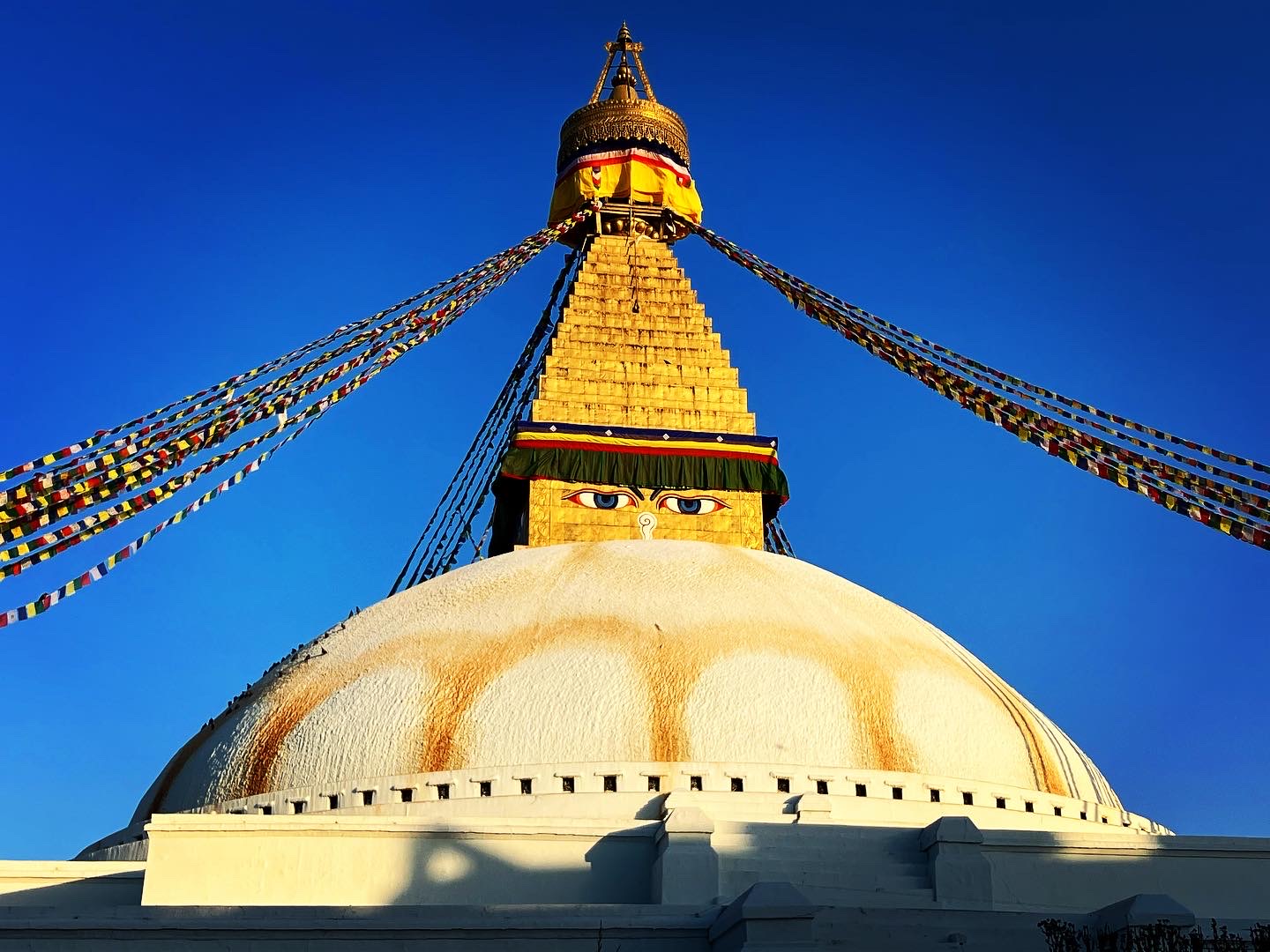
Credit: jontynz.com
Frequently Asked Questions
What Is Boudhanath Famous For?
Boudhanath is famous for its massive stupa, one of the largest in the world. It is a UNESCO World Heritage site, attracting pilgrims and tourists. The area is known for its vibrant Tibetan culture and numerous monasteries.
Why Does Boudhanath Stupa Have Eyes?
The eyes on Boudhanath Stupa symbolize Buddha’s all-seeing wisdom. They represent his watchful presence and compassion.
What Is The Difference Between Boudhanath And Pashupatinath?
Boudhanath is a Buddhist stupa, while Pashupatinath is a Hindu temple. Boudhanath is a pilgrimage site for Tibetan Buddhists. Pashupatinath is dedicated to Lord Shiva.
What Is The Age Of Boudhanath?
Boudhanath is approximately 1,500 years old. This ancient stupa dates back to the 5th century. It’s a UNESCO World Heritage site.
Conclusion
Boudhanath captivates visitors with its serene beauty and spiritual significance. Its majestic stupa stands as a testament to rich culture and history. Exploring Boudhanath offers a unique glimpse into Nepal’s traditions. The peaceful atmosphere invites reflection and inner peace. Each visit promises unforgettable memories and deeper understanding.
Experience the charm and tranquility of Boudhanath firsthand. Discover the heart of Nepal’s spiritual heritage. Plan your visit and immerse in its timeless allure. Boudhanath awaits to enchant and inspire every traveler.
{ “@context”: “https://schema.org”, “@type”: “FAQPage”, “mainEntity”: [ { “@type”: “Question”, “name”: “What is Boudhanath famous for?”, “acceptedAnswer”: { “@type”: “Answer”, “text”: “Boudhanath is famous for its massive stupa, one of the largest in the world. It is a UNESCO World Heritage site, attracting pilgrims and tourists. The area is known for its vibrant Tibetan culture and numerous monasteries.” } } , { “@type”: “Question”, “name”: “Why does Boudhanath Stupa have eyes?”, “acceptedAnswer”: { “@type”: “Answer”, “text”: “The eyes on Boudhanath Stupa symbolize Buddha’s all-seeing wisdom. They represent his watchful presence and compassion.” } } , { “@type”: “Question”, “name”: “What is the difference between Boudhanath and Pashupatinath?”, “acceptedAnswer”: { “@type”: “Answer”, “text”: “Boudhanath is a Buddhist stupa, while Pashupatinath is a Hindu temple. Boudhanath is a pilgrimage site for Tibetan Buddhists. Pashupatinath is dedicated to Lord Shiva.” } } , { “@type”: “Question”, “name”: “What is the age of Boudhanath?”, “acceptedAnswer”: { “@type”: “Answer”, “text”: “Boudhanath is approximately 1,500 years old. This ancient stupa dates back to the 5th century. It’s a UNESCO World Heritage site.” } } ] }
